The Test Piece
This is the result of the testing process. It is quite messy, as I was experimenting with different processes and learning how the plotter/paint workflow works. Now that I understand the process, my relationships with these imperfections will be more controlled. The plan is to scan the finalized work and mint it as a high resolution .png file, with the physical piece being auctioned off with the digital file.
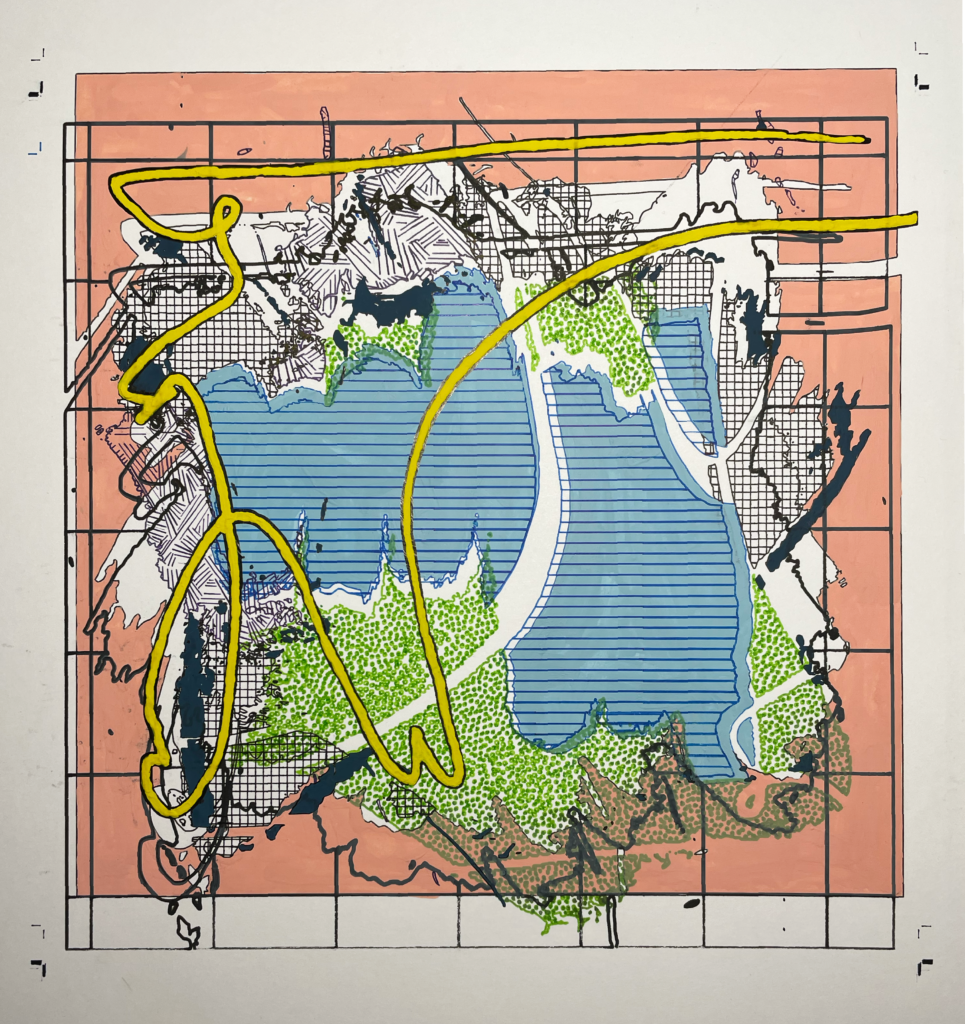
The Process
The process begins with a photograph of a heavily gessoed wood panel. These panels are the beginning point of my analog painting practice and now also the beginning of my digital practice as well.
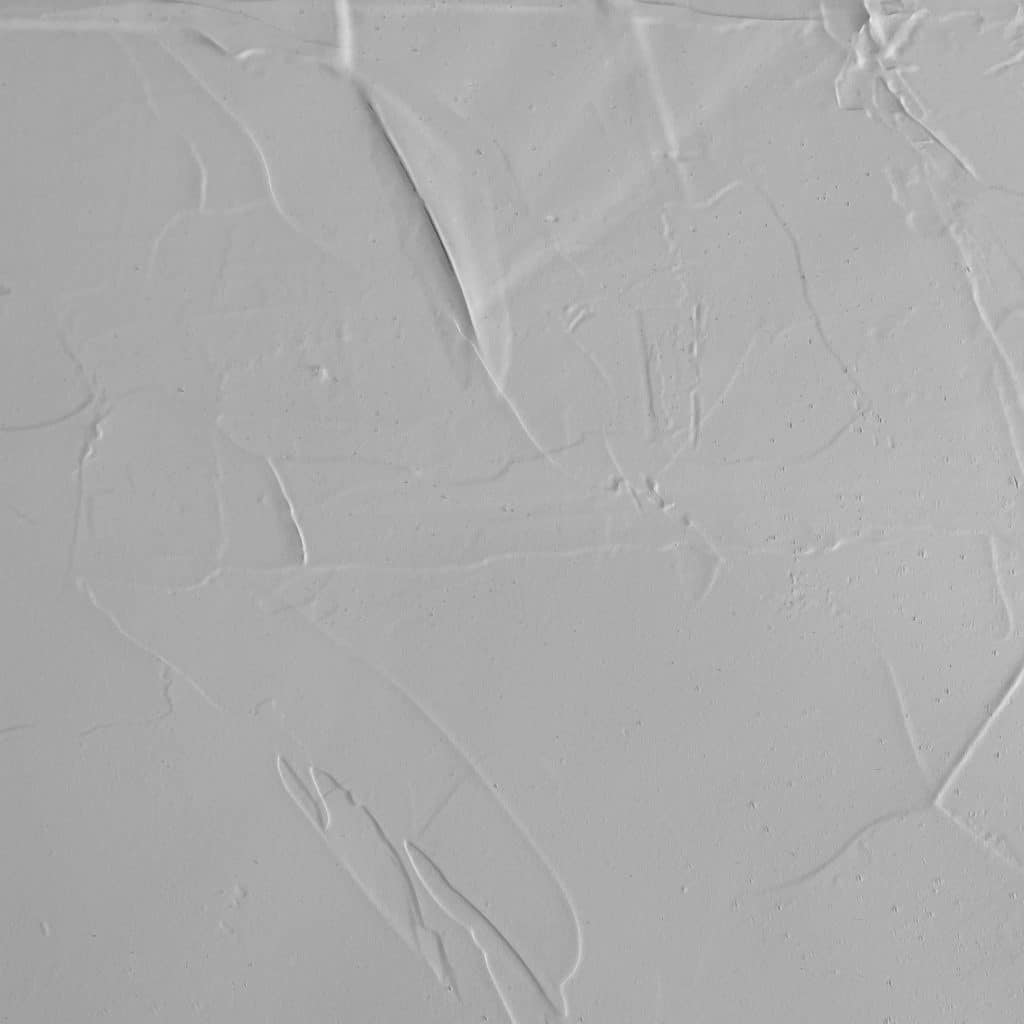
The digital photograph goes into Procreate for iPad and I create a dynamic composition with different digital textures using the Apple Pencil. As the work will be translated completely throughout the process, I am not focused on color relationships, but rather color contrasts that will allow for easier digital separation.
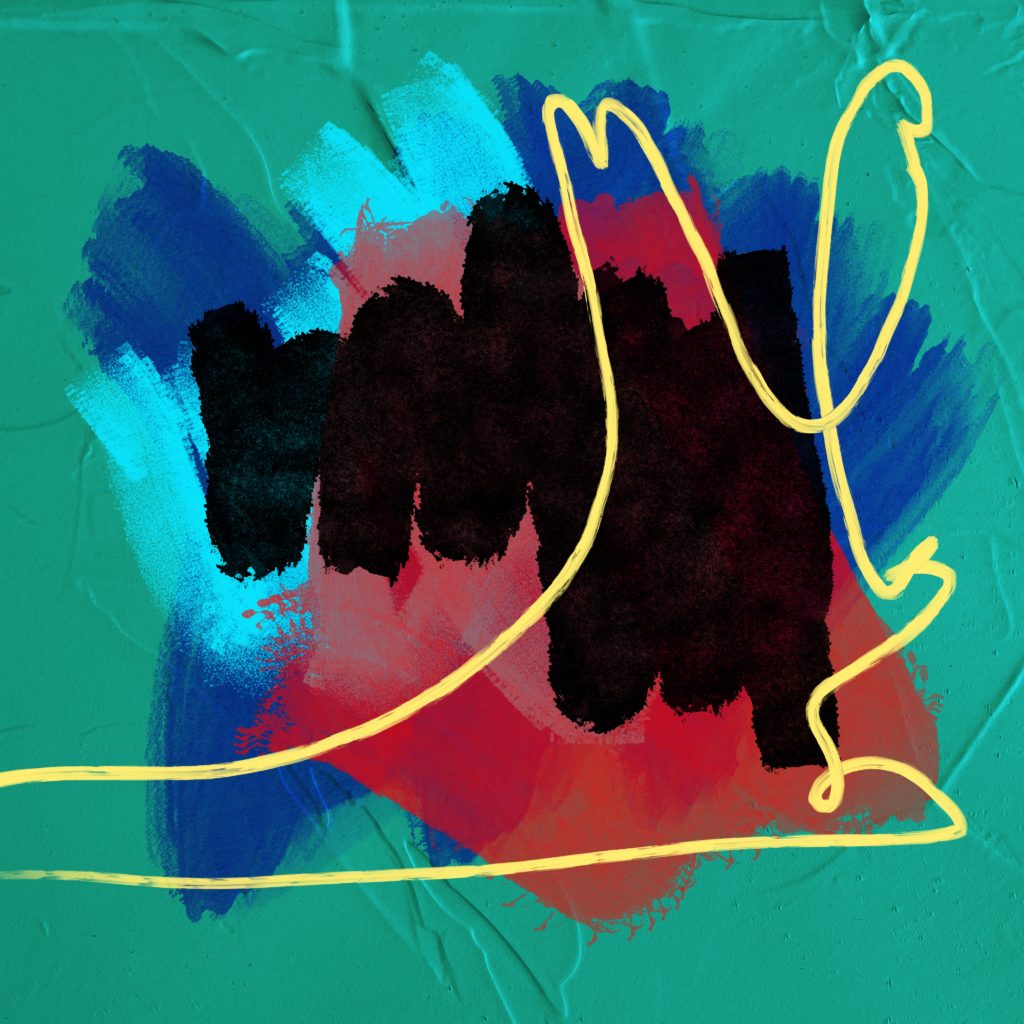
Next the file is transferred to a new digital environment — Adobe Illustrator for Mac OSX. Using image tracing I turn each color into a different layer and play with patterns and color fill to create joyful relationships. This process vectorizes the image, creating mathematical paths that will be utilized by the pen plotting process.
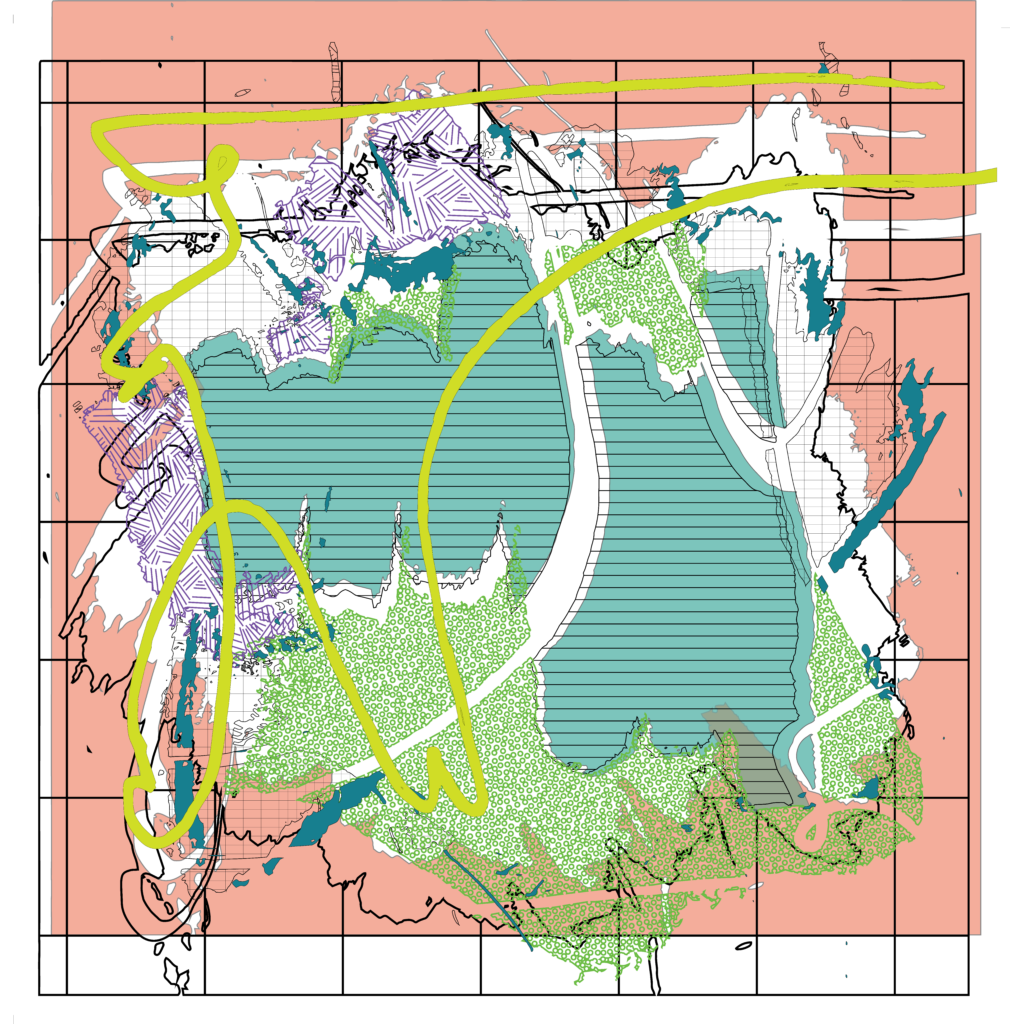
The next step of the process involves moving through various computational and physical workflows involving the pen plotter – an HP 7475a produced in 1983 – and hand painting with gouche. See below for video of the plotter at work on one of the layers.
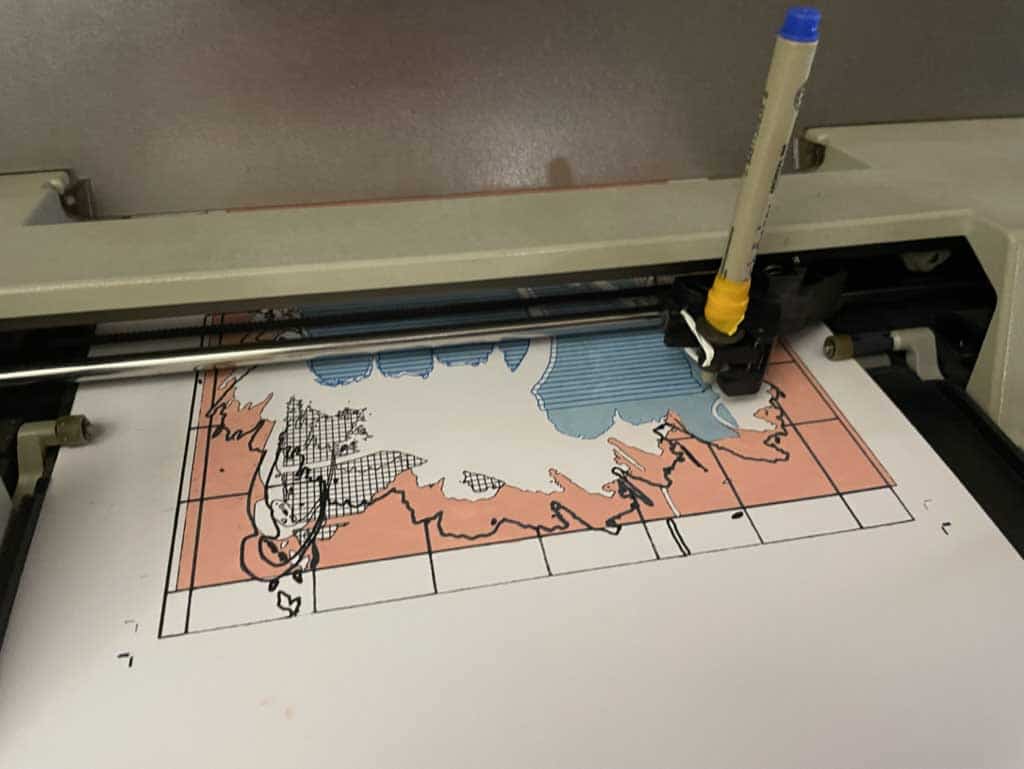
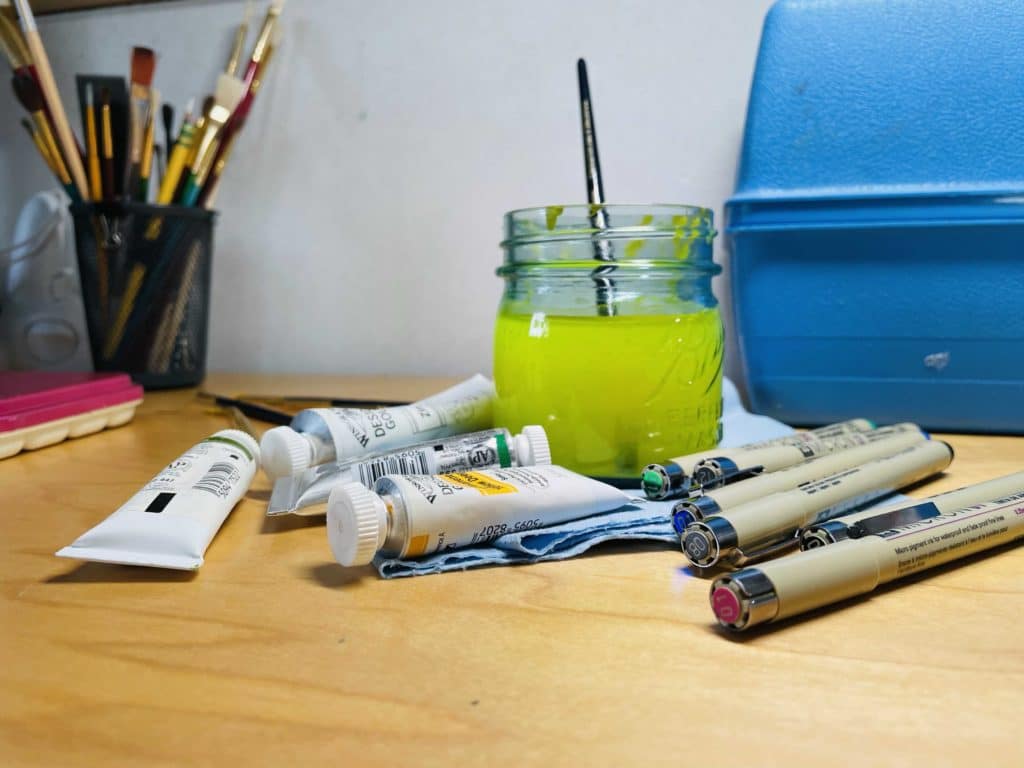
Each iteration involves modifying an individual path layer and optimizing it as much as possible for the plotter process, saving it as an .svg file, converting this into an .hpgl file (an antiquated and proprietary file format for the HP 7475a) via Python scripting, and then sending that file to the pen plotter using a serial port emulation tool over a hacked together USB-to-RS232 cable.
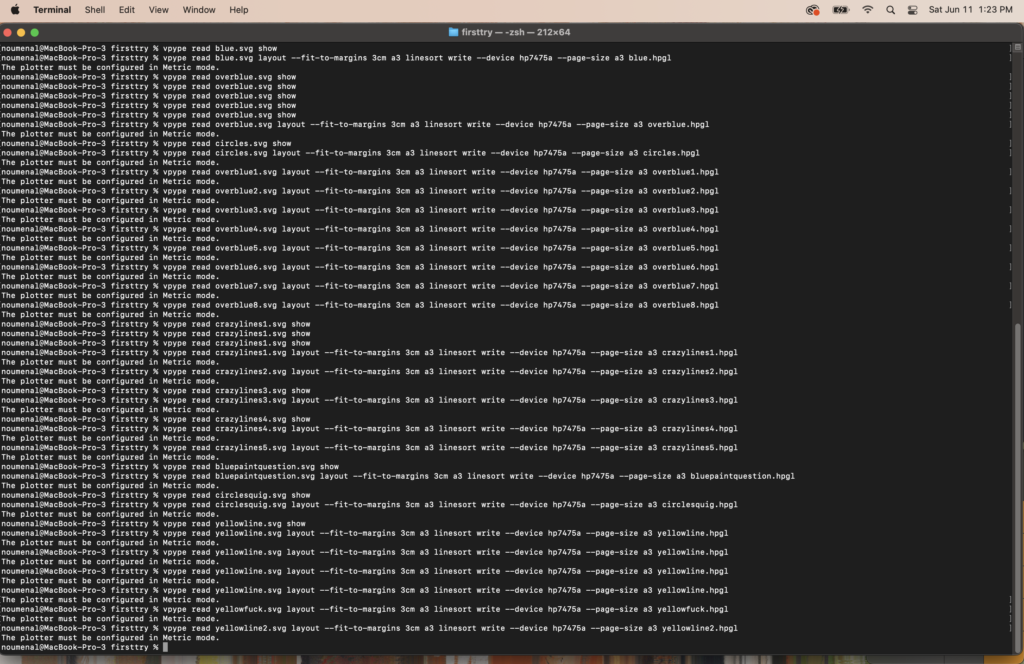
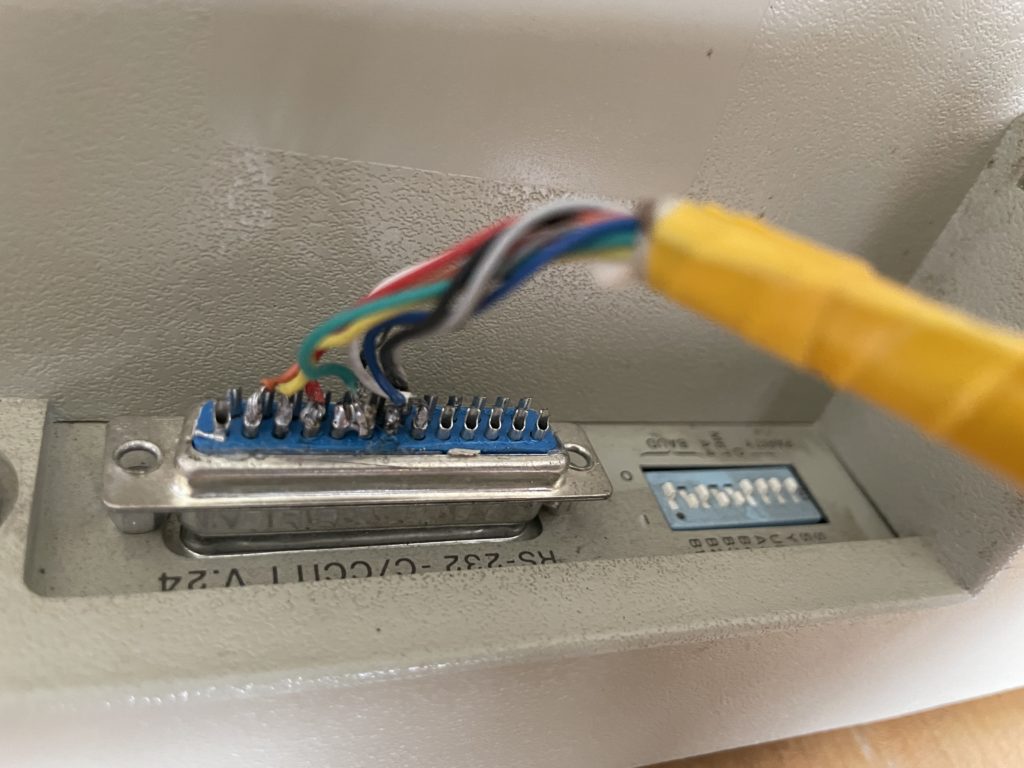
The test piece involved multiple iterations of this process, alternating between different mark making implements on the pen plotter and hand painting with gouche. Through the test process I played with different pen-paint interactions, navigating issues with dry times, gouche pigments stopping up pen nibs, and other fun investigations.
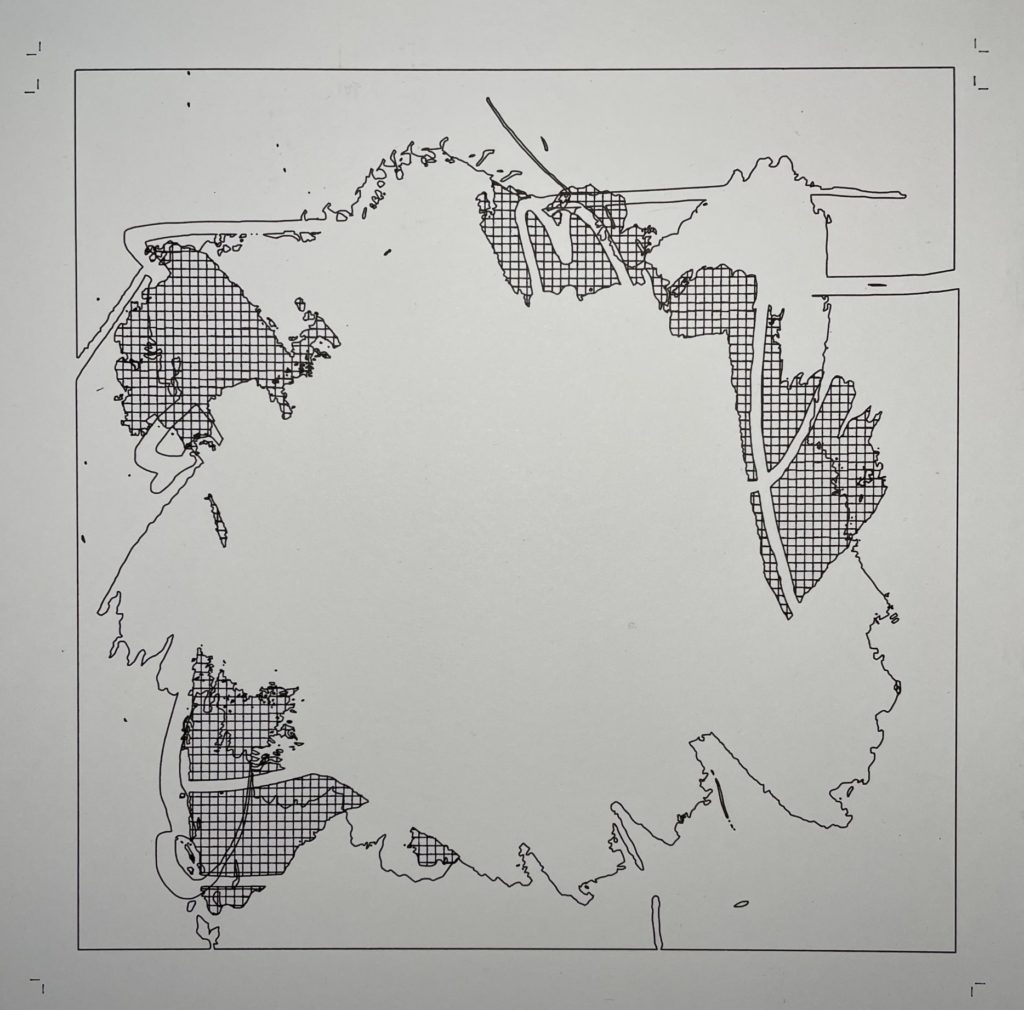
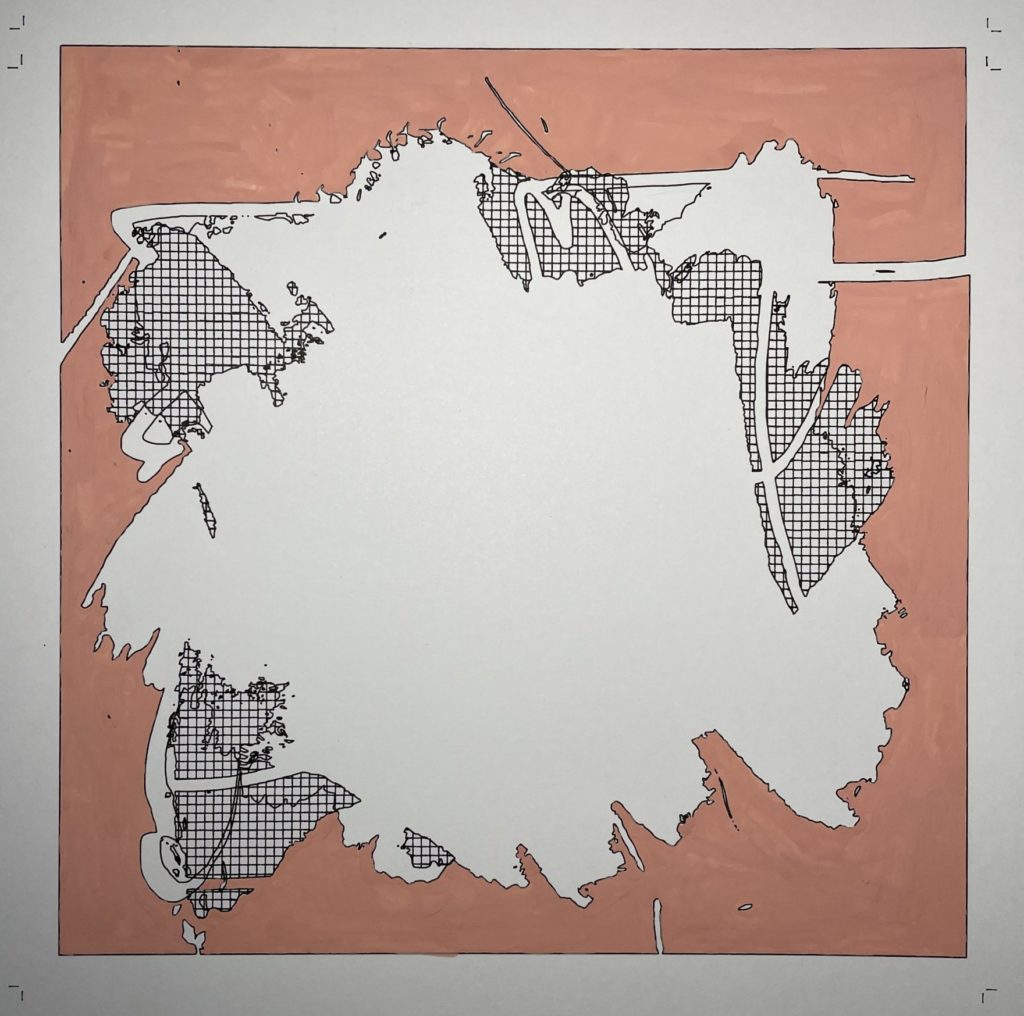
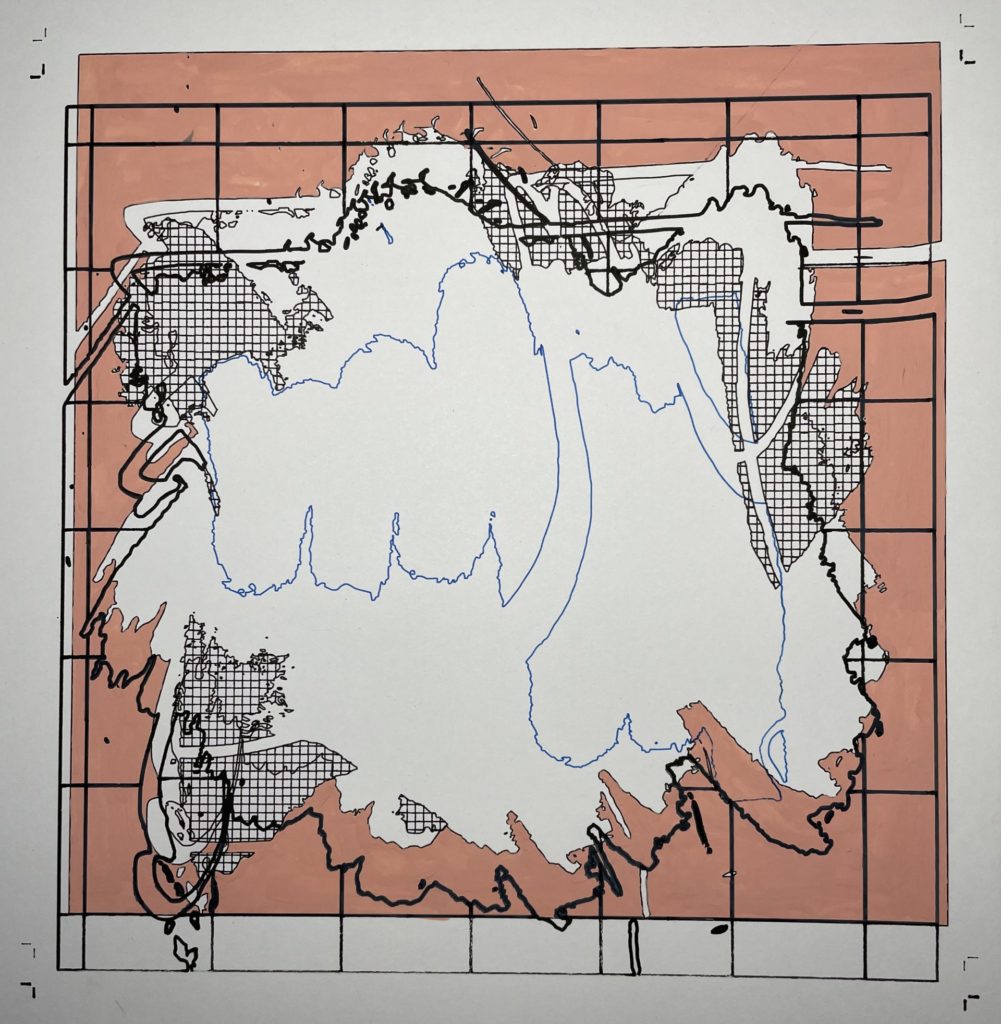
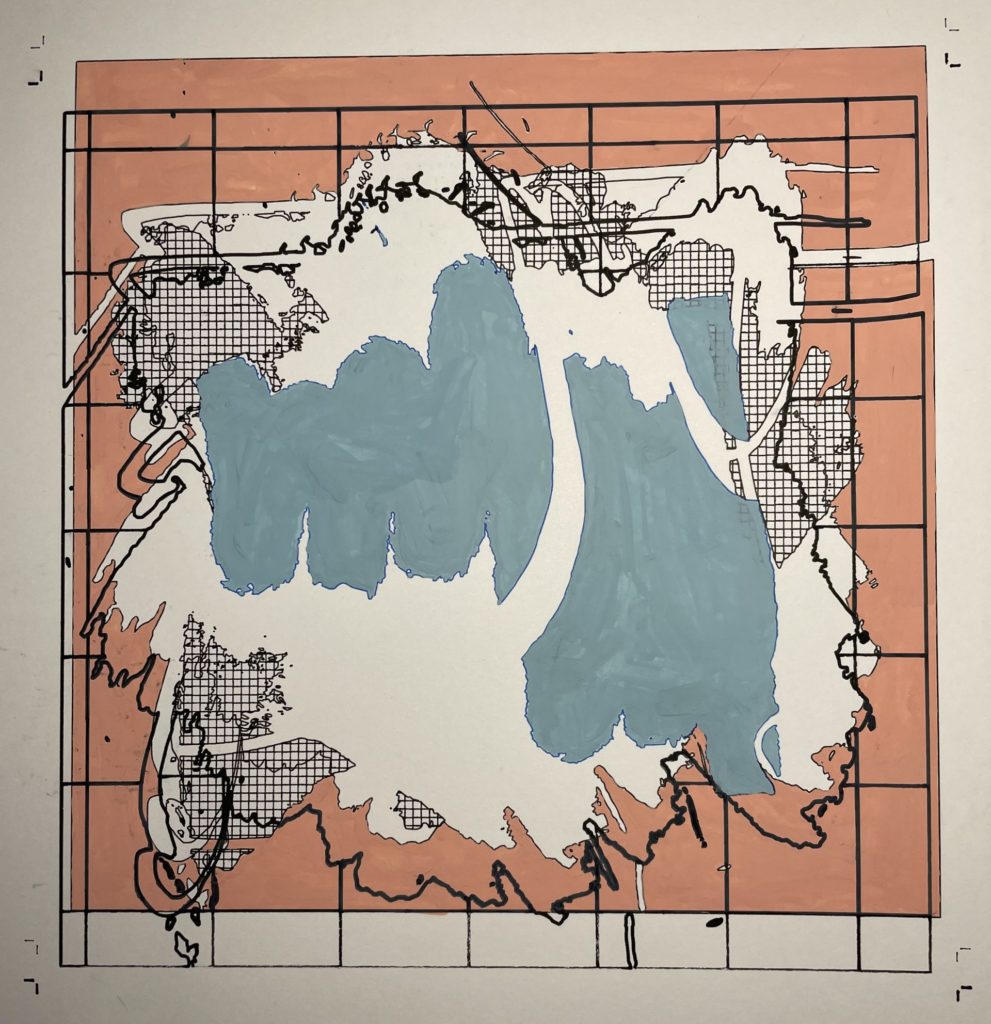
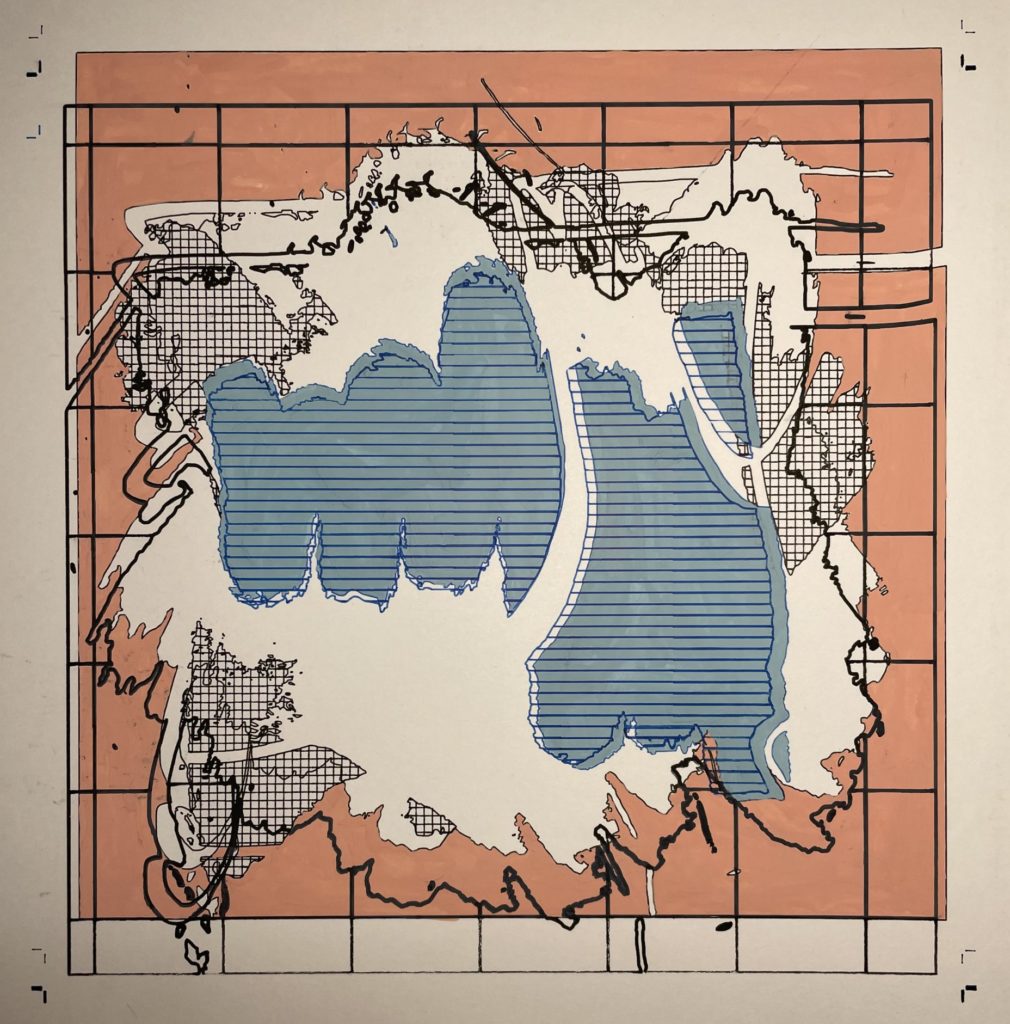
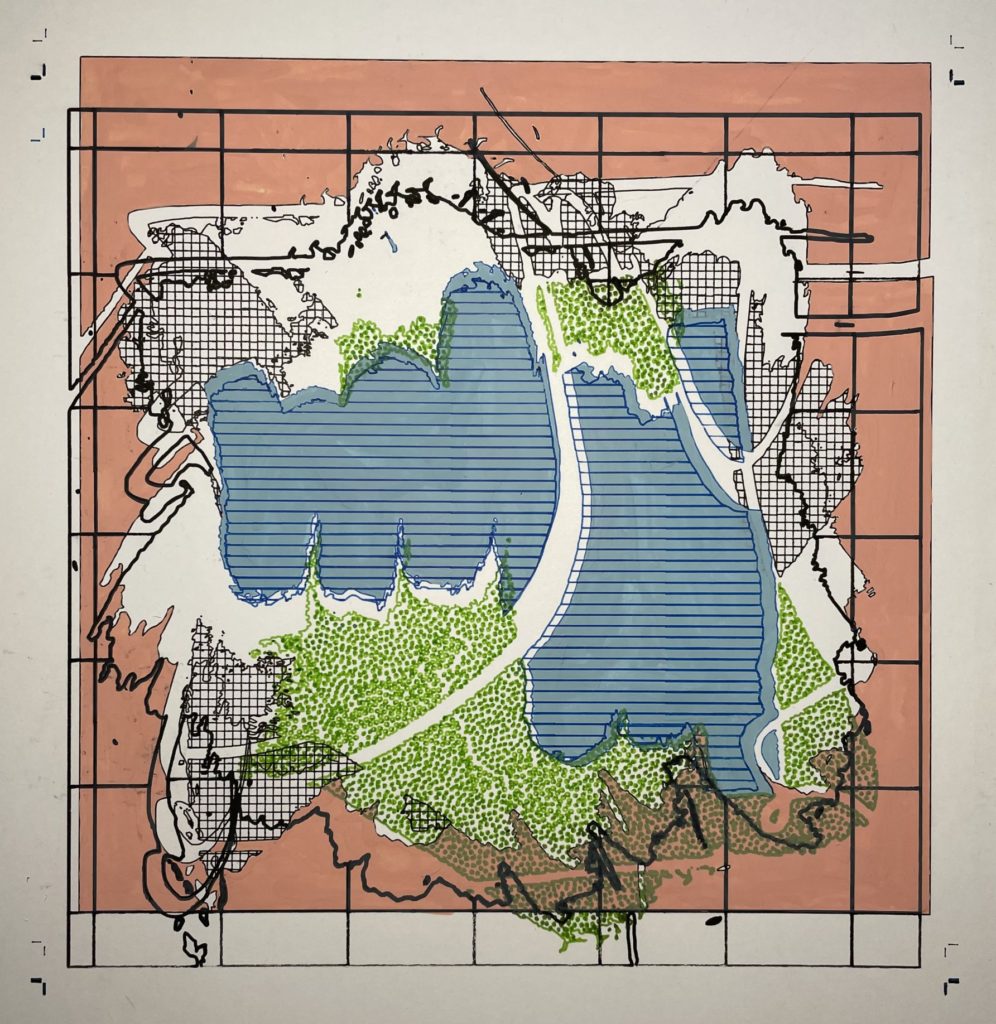
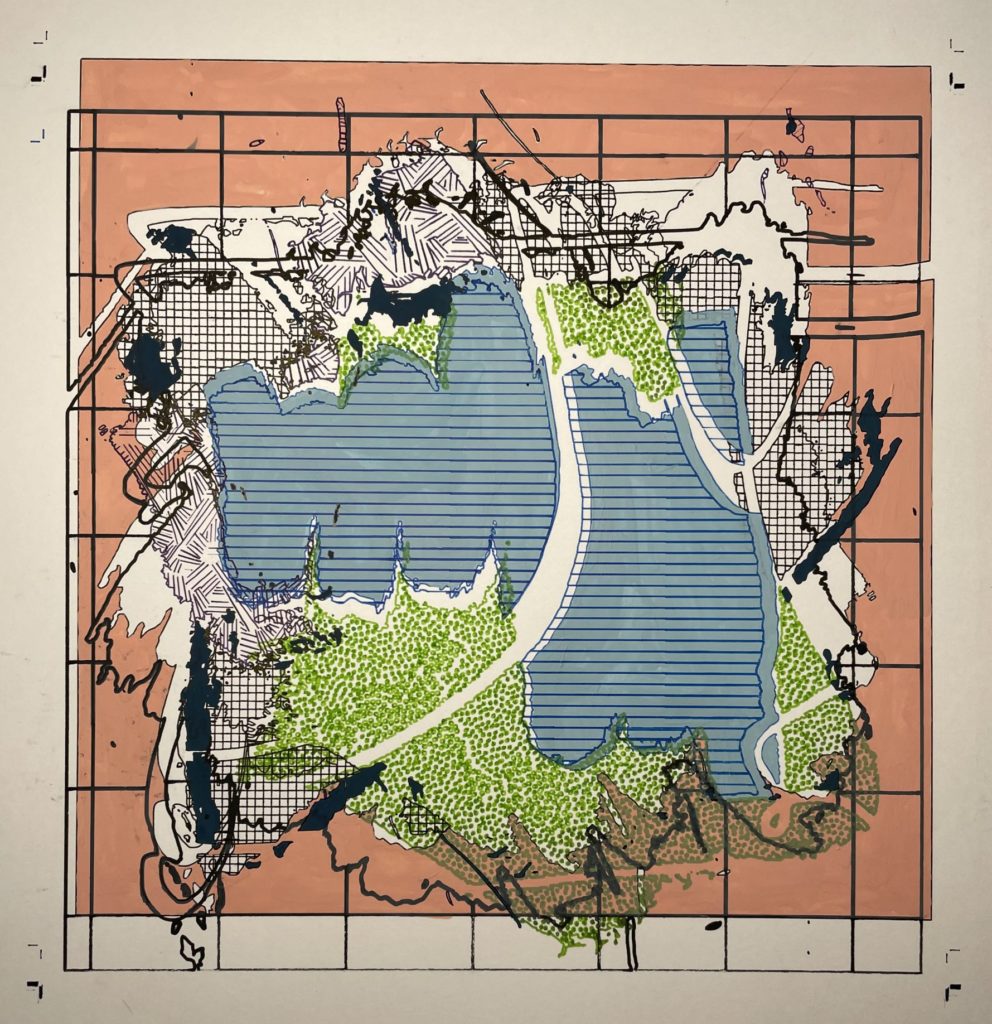
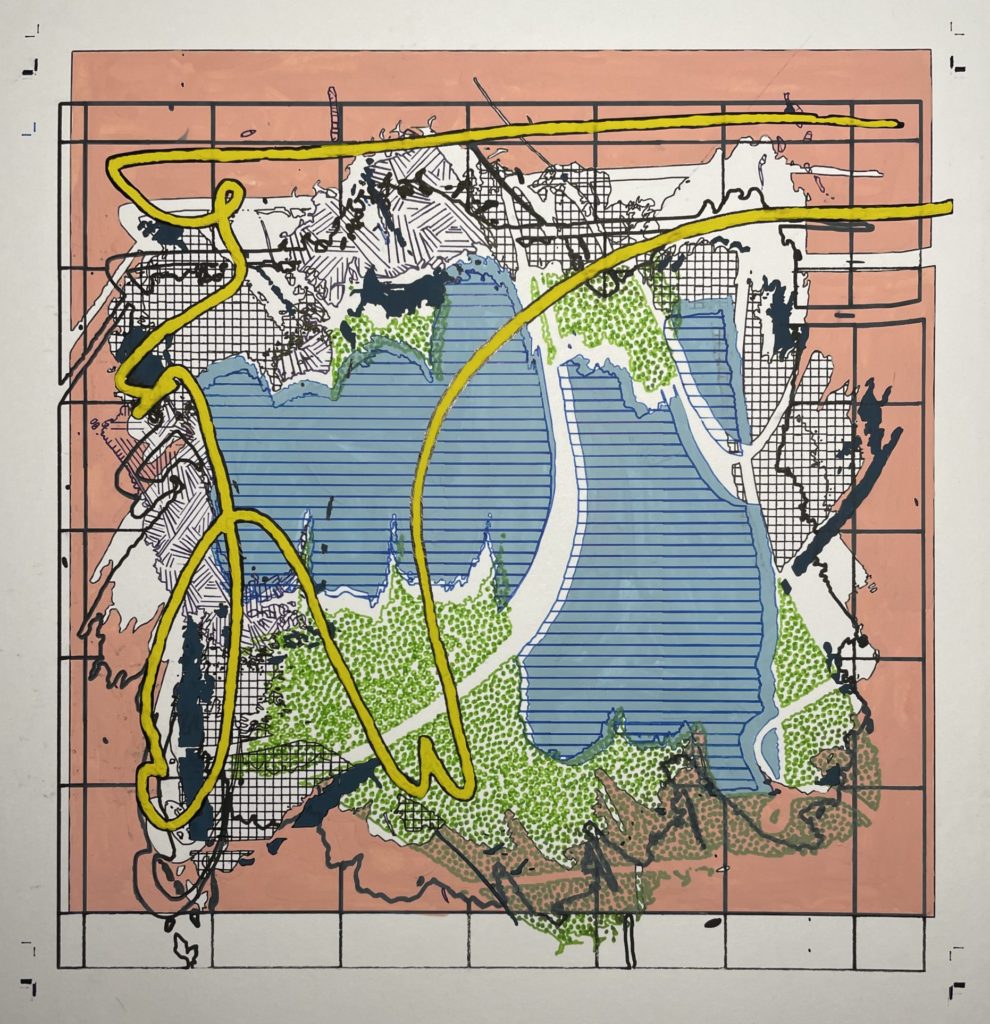
Overall, I am very excited with this analog/digital back-and-forth workflow. Playing with multiple digital formats and processes while bringing my hand into the collaboration. I am looking forward to seeing how this process grows over a series of 5-10 works.